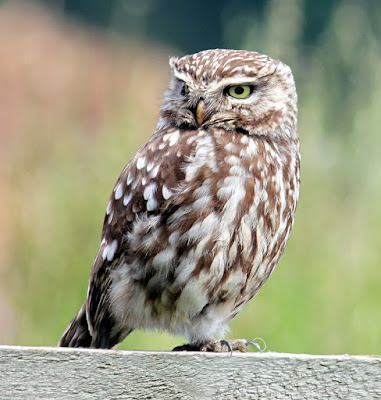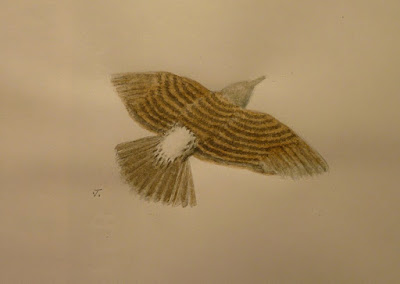I guess I missed this when it first appeared during the summer of 2017.
But now in early 2018 comes up-to-date news to add to the earlier picture of a small but significant conservation experiment.
It’s an account of a technique known as “headstarting” of birds and the first time this method has been used in the UK.
The species is Black-tailed Godwit, in this case the subspecies that occurs in the British Isles, Western & Eastern Europe, the ‘nominate’ race Limosa limosa limosa. This race of Black-tailed Godwit differs slightly in appearance from the Icelandic race Limosa limosa islandia which occurs as a migrant to the UK but does not breed here.
The UK breeding population of Limosa limosa limosa is limited to a few small areas of Norfolk where successful outcomes are not always guaranteed and where the overall population is about 50 pairs only. Hence the project described here designed to increase the species’ success rate and population.
Project Godwit is focused on two wetlands in the east of England – the Ouse and Nene Washes – where conservationists are growing the Black-tailed Godwit population by enhancing ideal habitat, trialling methods to increase productivity, improving understanding of local and migratory movements, and the rearing & release of godwit chicks. At the same time the project provides publicity with the aim of increasing support among local communities where the birds nest.
During the early summer of 2017 Black-tailed Godwit eggs were removed from nests and then hatched in incubators by staff at WWT Welney Wetland Centre until such time as the hand-reared the young birds could fend for themselves. By mid-summer June 2017 some 25 young Black-tailed Godwits were released into their new home in the Cambridgeshire Fens.
Fast forward to 08 February 2018 where a Norfolk newspaper, the Eastern Daily Press reported that two of the erstwhile hand-reared chicks had been spotted safe and sound in Portugal, 1200 miles away among other wild Black-tailed Godwits. Dutch ornithologists reported seeing the birds among a flock on the Tagus Estuary near Lisbon.
The team from RSPB and WWT behind “Project Godwit” welcomed the news that their protégés have migrated safely. Project Godwit manager Hannah Ward said: “Bird migration is an amazing feat and it’s fraught with dangers. These two godwits were last seen on opposite sides of the UK, one in Essex and the other in Somerset."
“It’s a huge relief to hear they have both made it to the same spot in Portugal safe and sound.”
She said as the birds were still less than a year old, they would probably not attempt return to the UK to breed this year.
“But older godwits should be setting off right now,” she said. “We’re appealing to all birdwatchers to keep their eyes out for colour ringed birds.”
“Every bit of news helps us create a brighter future for the UK Black-tailed Godwits.”
Black-tailed Godwit
Headstarting was previously used successfully to help Spoon-billed Sandpipers in the Russian Far East, but Project Godwit is the first time headstarting has been used in the UK.
Yet again, it's raining and blowing here today but hopefully an improvement by weekend and maybe even a little ringing. Stay tuned.
Yet again, it's raining and blowing here today but hopefully an improvement by weekend and maybe even a little ringing. Stay tuned.























































.jpg)












